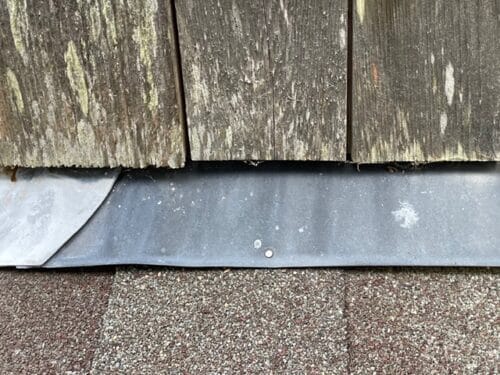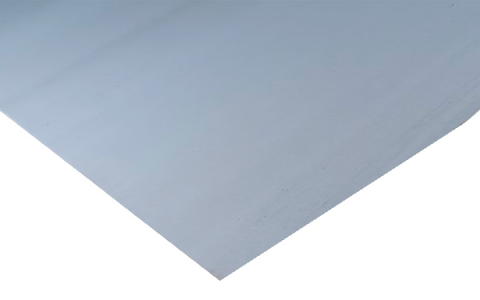Alright, let’s gab about this flashing coil stock thing. You know, that shiny stuff they use to keep water outta places it shouldn’t be. I ain’t no fancy builder, but I’ve seen enough houses go up to know a thing or two.
First off, what is this flashing coil stock anyways? Well, it’s just a big roll of thin metal, like aluminum or copper, sometimes even that plastic-y stuff. They use it to make flashings, which are like little metal aprons for your house. Keeps the rain from sneakin’ in and rottin’ everything out.


- Aluminum coil stock: Light and easy to work with, won’t rust on ya. Good for most stuff around the house.
- Copper coil stock: Fancy-pants stuff, costs a bit more. Looks real nice and lasts forever, but some folks say it stains things.
- Polypropylene coil stock: That’s the plastic-y one. Good for places where you don’t want metal, like maybe around some fancy trim.
Now, I hear some folks talkin’ about tapin’ the coil stock to the sheathing. Sheathing’s just the wood under your siding, ya know? Well, I guess you could tape it, but I ain’t so sure about that. Seems like water could still get in there. You really gotta make sure that water runs down and away, not sittin’ around and causin’ trouble.
And speakin’ of water, that’s the whole point of flashin’, ain’t it? Keepin’ the water out. You gotta make sure them flashings are sloped right, so the water don’t pool up. And you gotta overlap ‘em proper, like shingles on a roof, so the water can’t sneak in between.
I seen some folks tryin’ to make do with store-bought flashings, but they never seem to fit just right. Most of the time, the fellas who know what they’re doin’ make their own flashings outta coil stock. That way, they can get it just perfect for whatever weird angle or corner they’re workin’ with. It’s a bit more work, but it’s worth it in the long run. You don’t want no leaks, trust me.
Cutin’ that coil stock though, that can be tricky. You need a good pair of snips, and you gotta be careful not to bend it all up. I seen some fellas use a fancy brake, which is like a big metal bender, to get nice, crisp bends. But if you ain’t got one of them, you can do it by hand, just takes a little patience. And you gotta be careful, that metal can be sharp!
When you’re puttin’ up flashings, you’ll need some sealant too. That’s like caulk, but stickier. You squirt it in all the cracks and gaps to keep the water out. Now, some folks like to nail their flashings, but you gotta be careful where you nail ‘em. If you nail ‘em to the roof and the wall, and the house settles, it can bend the flashin’ and make a gap. So you gotta pick one or the other, or leave a little room for movin’.
One important flashin’ is the base flashin’. That goes at the bottom of the wall, where it meets the foundation. It catches all the water runnin’ down the wall and kicks it out, so it don’t rot out your sill plate. Sill plate’s that board at the bottom of the wall, real important. Gotta keep that dry. You can use metal or that plastic stuff for base flashin’, just make sure it’s got a drip edge, so the water don’t just run back under the wall.


And don’t forget about kickout flashin’! That little piece is mighty important. It goes where your roof meets a wall, and it kicks the water out away from the wall. Otherwise, the water can just run down the wall and get behind the siding, and then you got big trouble. You can make a kickout flashin’ outta coil stock pretty easy, just gotta bend it in the right way. Water’s sneaky stuff, gotta stay one step ahead of it.
So, that’s the long and short of flashing coil stock. It ain’t rocket science, but it’s important. If you don’t do it right, you’ll have water problems, and water problems are a real pain in the neck. Take your time, do it right, and your house will stay dry and happy for years to come.
Remember, keep that water movin’ downwards and outwards, and you’ll be golden. Don’t let it sit around and cause trouble. And if you ain’t sure what you’re doin’, ask someone who does. Better to be safe than sorry, that’s what I always say.
Now, go on and get to work. And don’t forget your snips!



